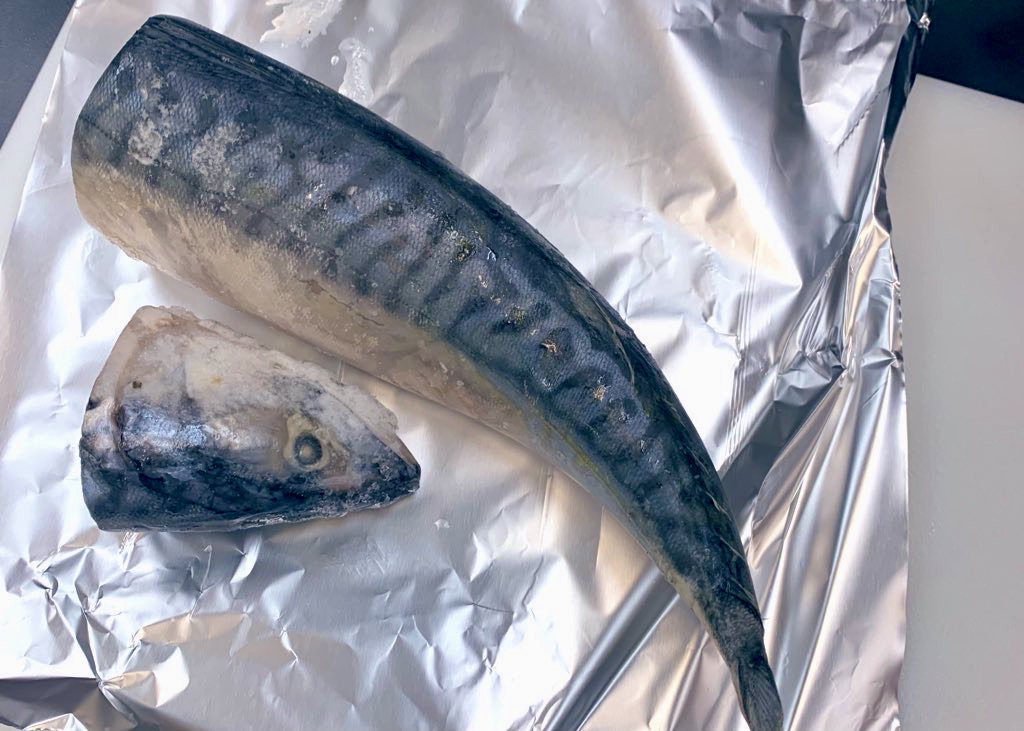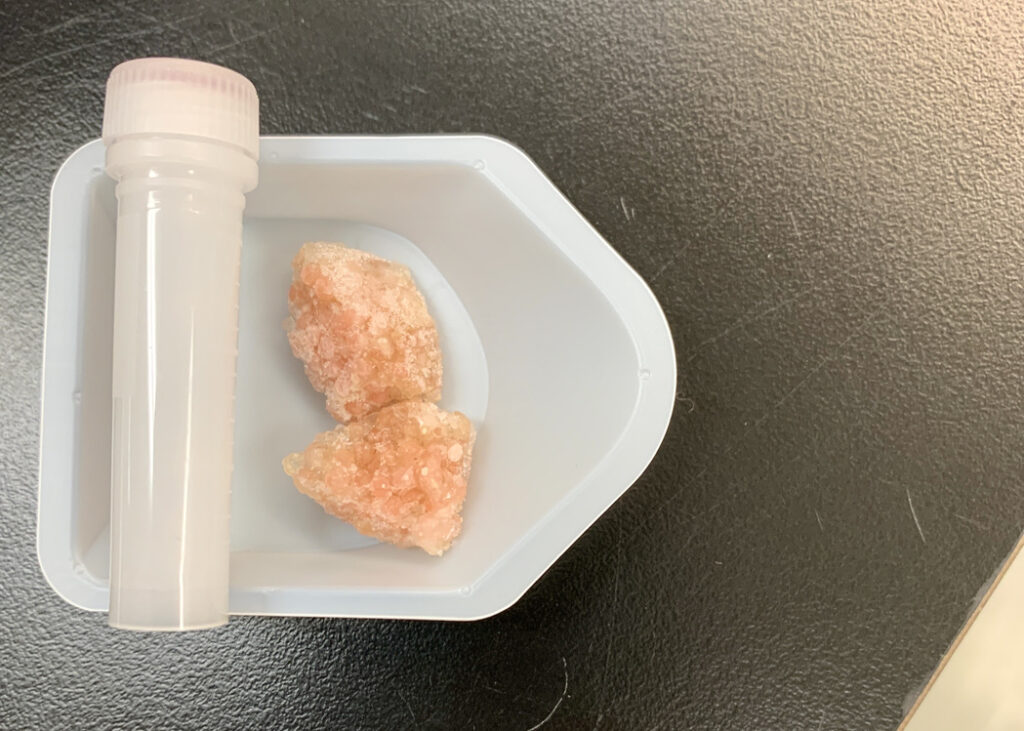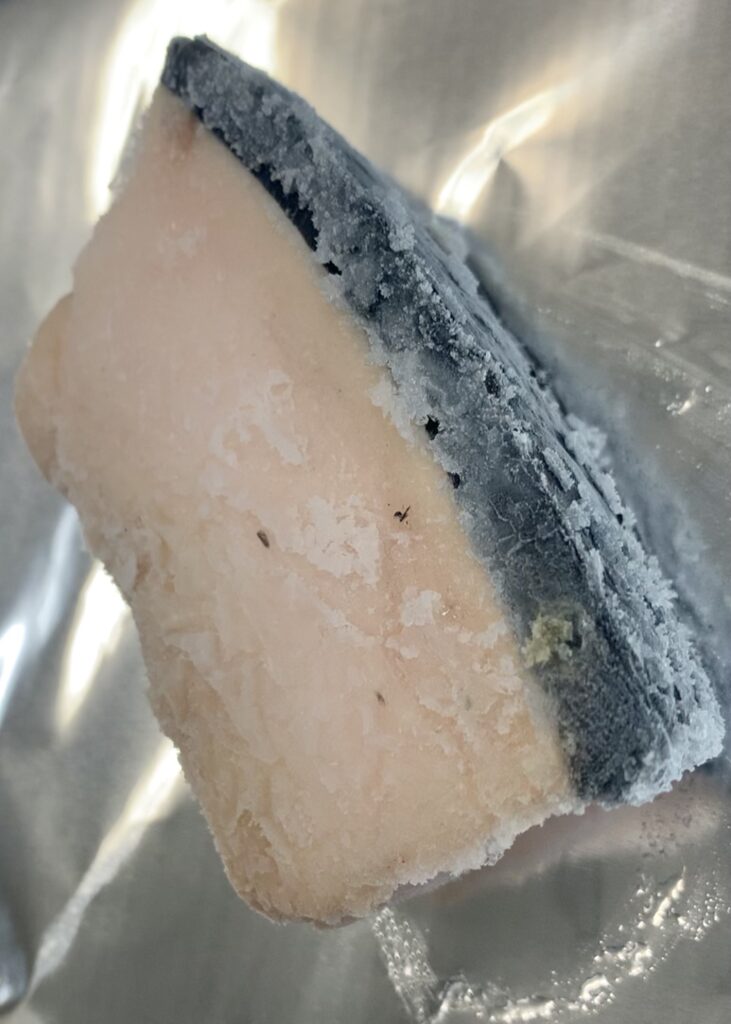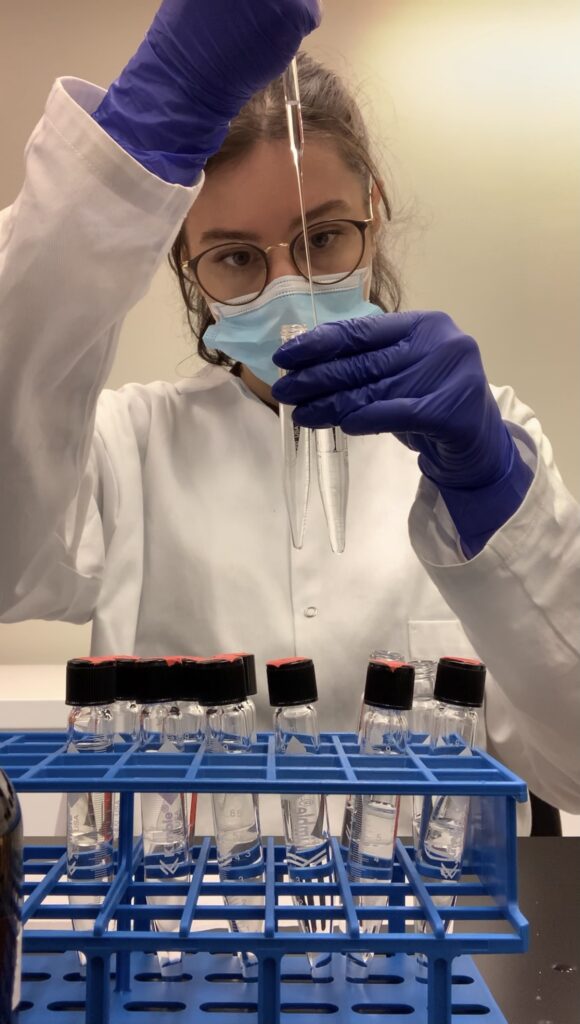I have gone back to the lab a couple of times in the last few months, mainly to extract fatty acids from potential prey items of Icelandic and Norwegian killer whales. It has been a lot of fun, but I missed killer whale blubber.
Back in December 2021, I extracted and quantified fatty acids in harbor seals, herring, and mackerel samples from Iceland. These analyses involved “homogenizing” whole fish samples. Essentially, you need to cut a herring into pieces and grind it in a kitchen blender until it turns into a fish smoothie. While I was excited to be in the lab, nothing prepared me for the pungent smell of thawed, fatty mackerel!

Then, in March, I went back again to the lab to perform the same analysis on herring mackerel and lumpfish from Norway. The lumpfish roe was particularly fun to prepare. I had to homogenize little eggs in cryovials using a big cryo homogenizer. I loved every day I spent in the lab.

Switching to contaminant extractions
I have now extracted and quantified all possible prey species and all my predator samples. I am finishing the third paper of my PhD at the moment. The study will apply a new technique we developed to reveal the diets of North Atlantic killer whales. I am so excited to publish the results. But I also need to focus on the next step of my PhD…
I need to extract and quantify contaminants in Norwegian killer whales. The original plan was to perform the analysis in Ottawa with my co-supervisor. But COVID crushed my plan, and I now have to perform the analysis in my lab at McGill. I will be using a new extraction technique my colleague Adam perfected. He just trained me on his protocol, and I am ready to perform the analysis.
Look at that blubber chunk!

To train on Adam’s protocol and ensure his technique works on killer whales, we used archived samples from Greenland. These killer whale blubber samples were collected back in 2014 by indigenous communities off Tasiilaq. Indigenous communities still harvest a couple of killer whales each year, and we collaborate with them to collect a couple of samples for our research. It was the first time I saw such a big chunk of killer whale blubber.
The blubber chunk was about 5 cm (2 in) deep. It makes you realize how much fat these whales need to stay warm. I could not take my eyes off it. The sample belonged to a 6m-long subadult killer whale. Now that we have successfully extracted the contaminants from the samples, I need to prepare for the next step. I will have to run this analysis on 59 killer whale samples from the Norwegian Arctic and five killer whales from Saint-Pierre & Miquelon.
Wish me luck, and stay tuned for more news on my research!
